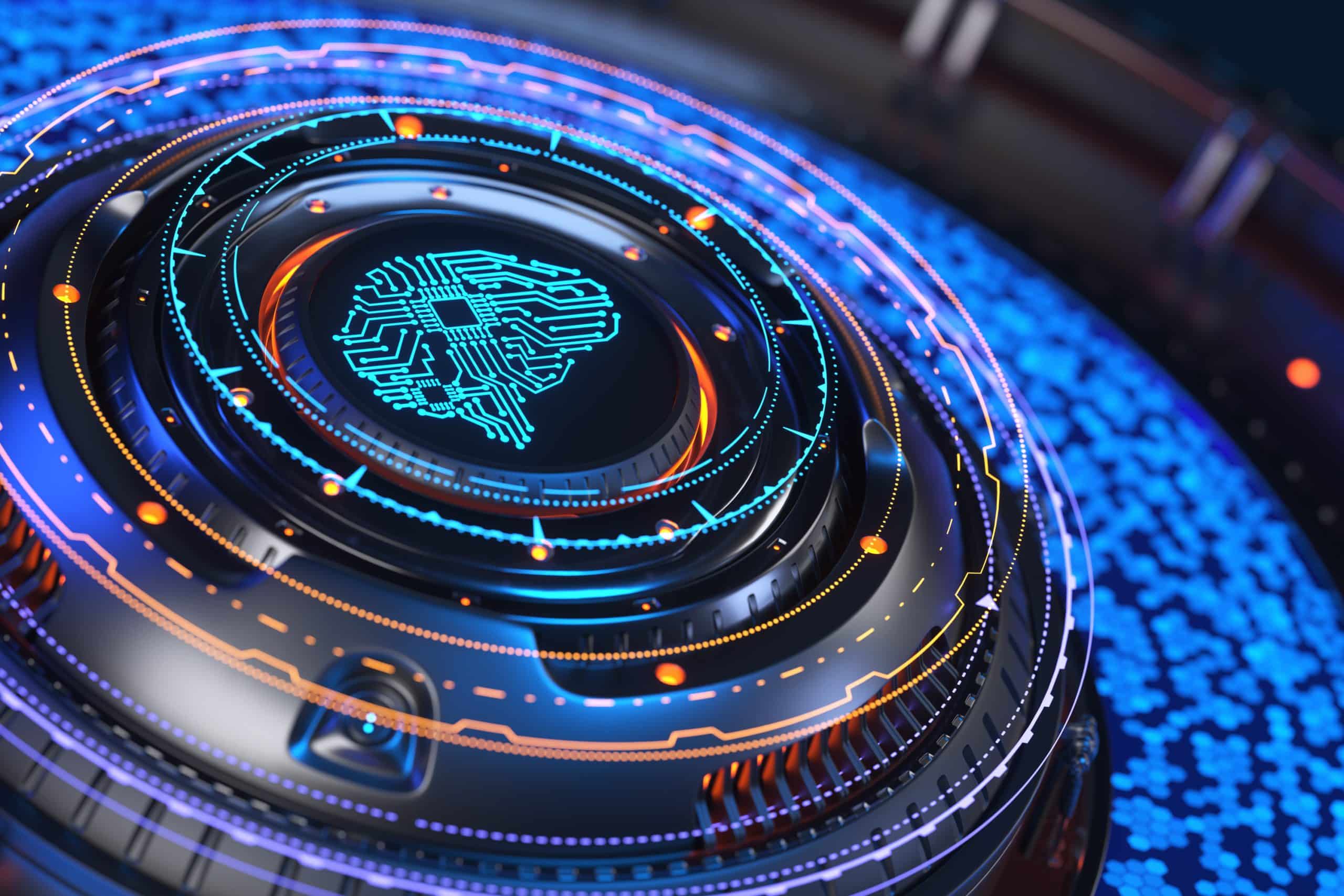How Is AI Influencing the Development of Smart Fabrics for Medical Use?

Advancements in technology have made their way into many sectors, significantly transforming their operations and potential. The healthcare sector is no different. One of the emerging trends in healthcare is the use of smart textiles, propelled by advances in Artificial Intelligence (AI). These textiles, embedded with tiny sensors, can monitor and record important health data, providing invaluable insight for medical professionals. Let’s delve deeper into this fascinating interplay of technology and healthcare.
The Advent of Smart Textiles in Healthcare
The emergence of smart textiles in healthcare is a testament to the persistent nature of human innovation. These aren’t just your regular types of fabrics; they are integrated with technology to transform them into wearable devices that have capabilities far beyond those of traditional textiles. As you wear these textiles, they are capable of capturing and transmitting data concerning your health.
A lire en complément : What’s the Role of AI in Enhancing the Film Editing Process?
The integration of these textiles with AI has further enhanced their functionality. Using AI, these textiles can analyze the collected data in real time, offering instantaneous insight into the wearer’s health. This can be especially beneficial in the healthcare sector, as it allows for real-time monitoring of patients, which can significantly improve patient outcomes.
The Role of AI in Smart Textiles
AI plays a critical role in the functioning of smart textiles. The data collected from the embedded sensors in the textiles is fed into an AI algorithm, which then processes it and generates insights. AI enhances the sensitivity of these textiles, enabling them to capture even the slightest changes in body temperature, heart rate, and other vital signs. Without AI, these textiles would simply be data collection devices, but with AI, they become comprehensive patient monitoring systems.
A voir aussi : Mystery box italia: your gateway to unforgettable surprises
Moreover, AI algorithms can learn from the data they process over time. This means that the more data they analyze, the more precise and accurate they become. This is particularly beneficial in medical applications, as it ensures that the health monitoring provided by these textiles is reliable and effective.
Applications of Smart Textiles in Healthcare
The potential applications of smart textiles in healthcare are vast. For instance, they can be used in remote patient monitoring, reducing the need for hospital visits and allowing patients to receive care in the comfort of their homes. By monitoring vital signs, these textiles can alert medical professionals if a patient’s health deteriorates, enabling prompt intervention.
In addition, smart textiles can be used in rehabilitation, assisting patients in their recovery process. Through data analysis, healthcare providers can assess a patient’s progress and make necessary adjustments to their rehabilitation program. This ensures a more personalized and effective approach to patient recovery.
Another potential application is in the monitoring of chronic diseases. Patients with conditions such as diabetes and heart disease can benefit from continuous health monitoring provided by smart textiles. This can help them manage their conditions better and prevent potential health crises.
Challenges and Future Directions
Despite the promising potential of smart textiles in healthcare, there are still several challenges to overcome. One of the main challenges is the integration of the technology into the textiles in a manner that is comfortable for the wearer. The materials used in the textiles need to be soft, flexible, and breathable, while also being able to host the sensors and other technological components.
In addition, there are issues related to data privacy and security. Given the sensitive nature of health data, it is paramount to ensure that the data collected and transmitted by the textiles is secure and cannot be accessed by unauthorized individuals.
Looking ahead, the field of smart textiles for medical use continues to evolve, driven by advances in AI and other technologies. With continued research and innovation, we can expect to see more sophisticated and effective smart textiles, bringing about a revolution in healthcare. Through these advancements, we can look forward to a future where healthcare is more personalized, effective, and accessible.
The Intersection of AI and Smart Textiles in Precision Medicine
Precision medicine, a medical model that proposes customizing healthcare to fit the individual needs of patients, is one area in healthcare that stands to benefit significantly from the integration of AI and smart textiles. AI’s advanced capabilities, combined with the comprehensive health monitoring provided by smart textiles, can bring about a revolution in precision medicine.
When a patient wears a smart textile, it captures real-time health data such as heart rate, body temperature, and other vital signs. This data is then fed into an AI algorithm that processes it and generates insights. This process of data collection and analysis can create a highly detailed health profile of the patient, enabling the provision of personalized healthcare.
For instance, AI algorithms can analyze the collected data to discern patterns and trends. This ability to identify patterns and make predictions can be particularly valuable in precision medicine. Healthcare providers can use these insights to tailor medical treatments to the individual patient, improving the efficacy of the treatments and potentially reducing side effects.
Moreover, AI’s machine learning capabilities can enable the system to learn from the data it processes over time. This continuous learning can lead to more accurate diagnoses and treatment plans, further enhancing the effectiveness of precision medicine.
Another key application of AI and smart textiles in precision medicine is in drug discovery. By analyzing a patient’s health data, AI can help researchers identify potential targets for new drugs, accelerating the drug discovery process.
Conclusion: The Future of AI and Smart Fabrics in Healthcare
The advent of smart textiles and AI in healthcare signifies a new era in the sector. With their ability to monitor and analyze real-time health data, these wearable devices are poised to transform the way we approach healthcare. From remote patient monitoring to precision medicine and drug discovery, the potential applications of this technology are vast.
However, as with any new technology, there are challenges to overcome. The comfort of the wearer and the security of the data collected by the textiles are crucial considerations. Ongoing research is addressing these issues, with a focus on developing materials that are both comfortable to wear and capable of securely hosting the technological components.
Data privacy is another concern. As the textiles collect and transmit sensitive health data, it is essential to ensure that this information is secure and cannot be accessed by unauthorized individuals. This involves the development of robust data encryption and security protocols.
Despite these challenges, the future of AI and smart textiles in healthcare looks promising. As the technology continues to evolve, driven by advances in AI, machine learning, and deep learning, we can expect to see more sophisticated and effective smart textiles. These advancements have the potential to bring about a revolution in healthcare, making it more personalized, efficient, and accessible. As the technology continues to develop, it is worth keeping an eye on google scholar and MIT news for the latest research in this exciting field.
